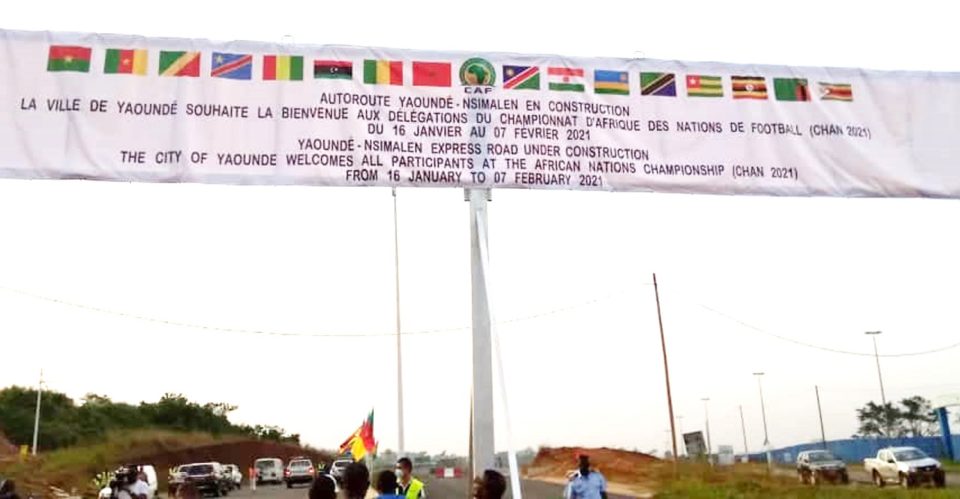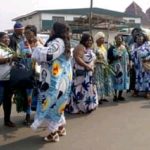Following a convention signed by government and UN Habitat in 2016 for a study in this light, Maetur and UN Habitat at a seminar on December 15, 2020 presented the results of their findings.
Officially launched in April 2018, the study bore on four pedestals. First, elaborating a diagnostic report, then presenting a development scenario, followed by collecting choices of development scenarios and lastly implementing the project’s governance. After several meetings and findings, Maetur and UN Habitat thus met at the behest of the Ministry of Urban Development to present their findings to all stakeholders and communities involved in and affected by the project. The seminar brought together mayors, traditional rulers and other stakeholders concerned with the development of the surroundings of the Yaounde- Nsimalen expressway. Welcoming participants to the session that was attended by some live and others by Visio-conference, Nna Mathurin, Secretary General of the said Ministry highlighted the importance of the study which he said was necessary in accompanying the construction of the highway. Since the expressway cuts across four council areas namely Yaounde III, IV, Bikok and Nfou, there was need for the study to probe into the urbanisation plans of these councils and know whether they had envisaged a project of this magnitude and what needs to be done.
The Yaounde-Nsimalen corridor development project is contained in the MoU signed on February 16, 2016 between the Government of Cameroon and UN-Habitat. The aim of the study is to equip the sectors crossed by the Yaounde-Nsimalen highway with tools for planning and controlling the occupation of space, for greater control of its development in the short and medium terms.
The perimeter of the study area included the five hundred meters (500) wide on both sides of the highway right-of-way on the open country section. The construction of the highway aimed at linking the capital city to the international airport bought to light major challenges. These included a mastery of valorising the surroundings of the highway as well as the spatial development of councils crossed by the infrastructure, guaranteeing the security of people and goods along the road and the use of the surroundings to promote urbanisation, which is a development factor. To Frederick Happi, representative from UN Habitat, the studies carried out will not only enable a mastery of the development of the space surrounding the highway but also operationalise the axis linking the country to other Cemac sub-regional countries and also attain the 2030 sustainable development agenda.





